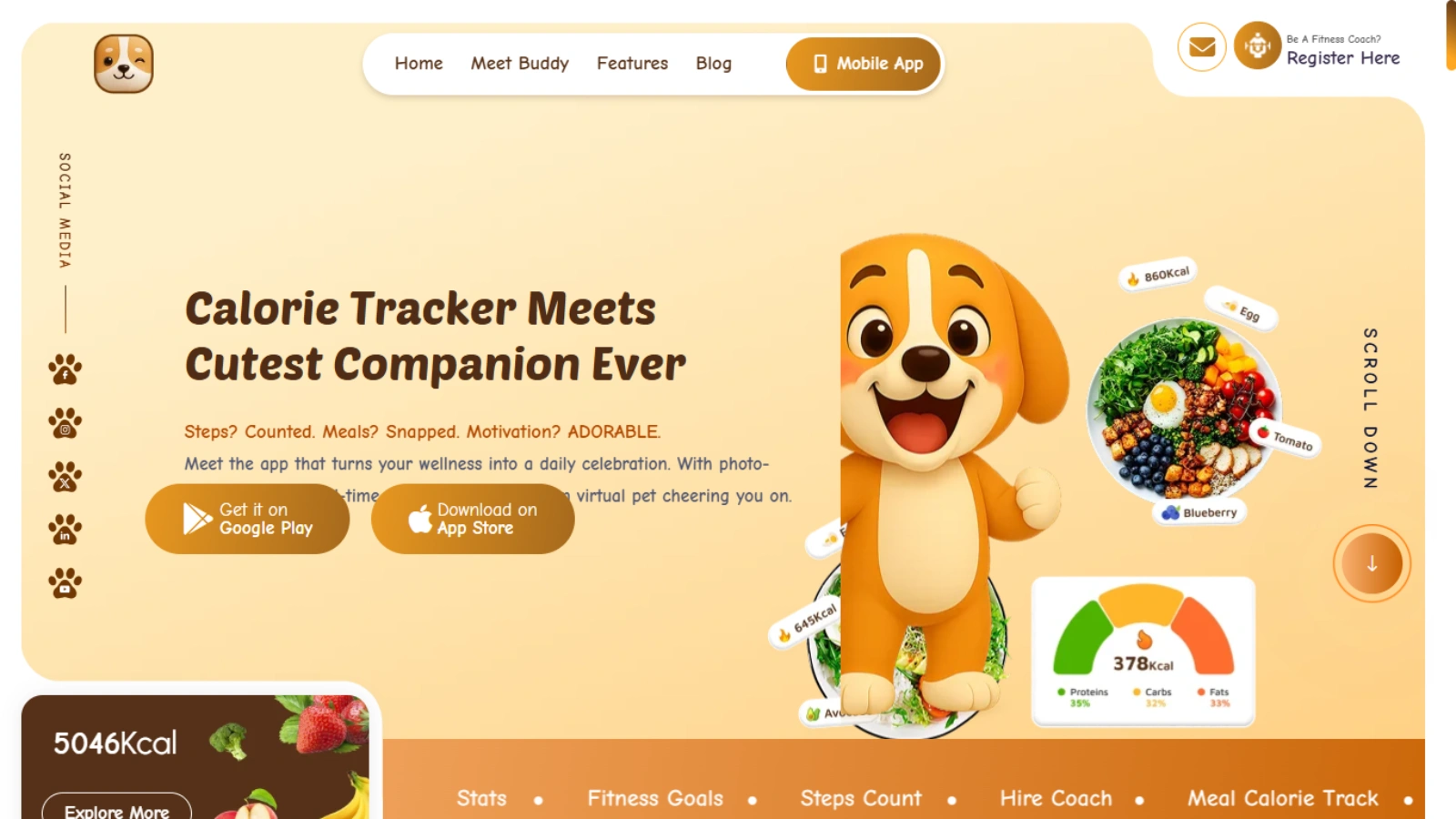Low blood pressure, also known as hypotension, is a condition where the force of blood against the artery walls drops below normal. While it might sound less concerning than high blood pressure, it can cause serious health issues if not managed properly. People experiencing low BP often deal with dizziness, fatigue, and fainting spells, which can interfere with daily life.
Understanding the causes, risks, and management techniques for low BP is essential for staying healthy. With the right lifestyle changes, treatment options, and a focus on nutrition, you can keep your blood pressure in a safe range.
This blog will walk you through everything you need to know about recognizing symptoms, preventing complications, and learning how to manage low BP safely and effectively.
You can also Listen to our Podcast here,
Understanding Low Blood Pressure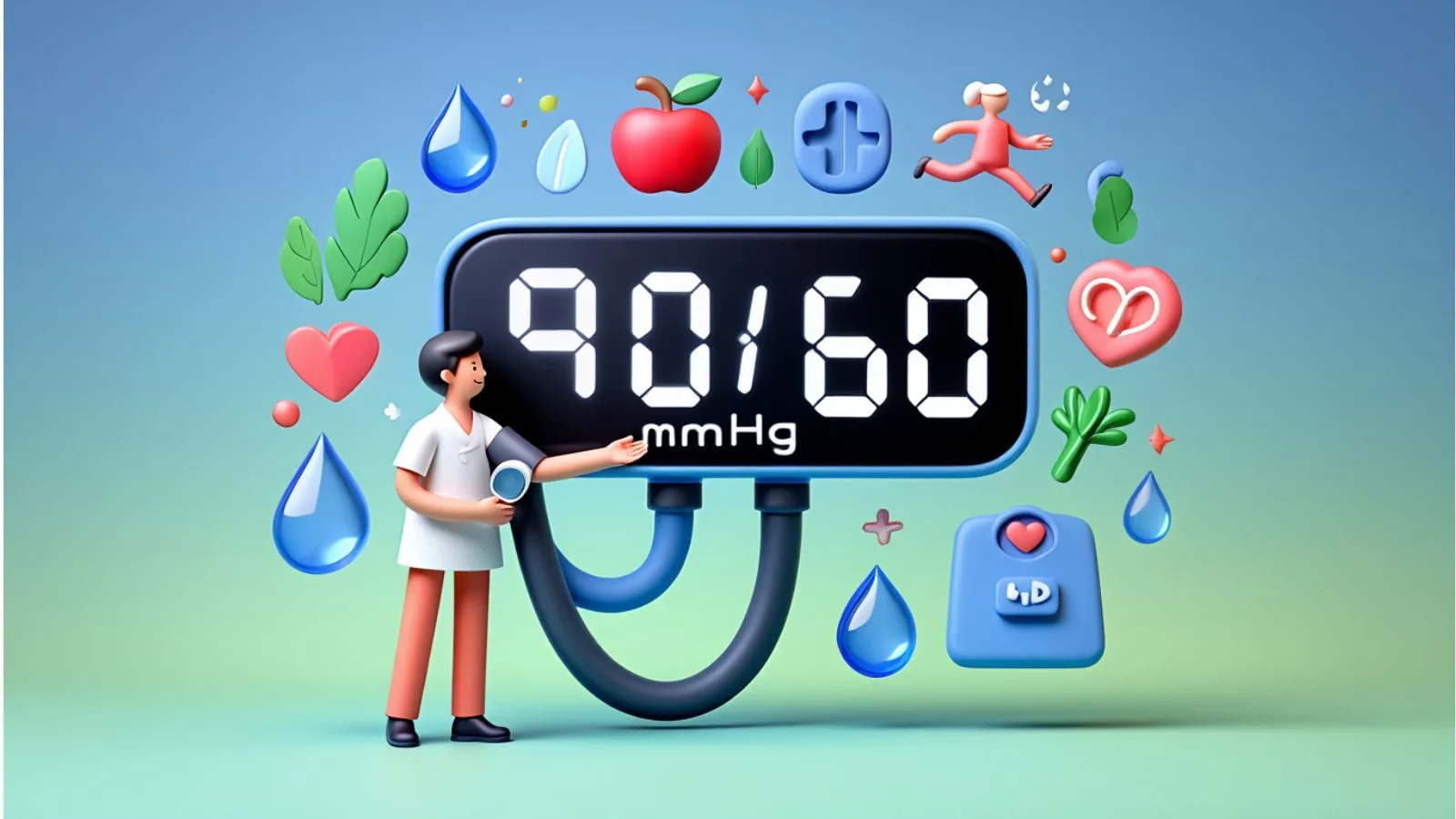
Low blood pressure occurs when your blood pressure reading consistently falls below the normal level of 120/80 mmHg. In most cases, doctors consider a reading of 90/60 mmHg or lower as the low BP range. While some people naturally have lower blood pressure readings without any health problems, others may experience symptoms that affect their quality of life.
Several factors contribute to this condition. Dehydration, sudden changes in posture, nutritional deficiencies, or underlying health problems are some of the most common triggers. Understanding what causes low BP is important because it helps in finding the right treatment plan. For some, it may be as simple as staying hydrated, while for others it could be related to hormonal issues, heart problems, or the side effects of certain medications.
By recognizing the underlying causes and monitoring your readings regularly, you can take the first step toward managing low blood pressure and reducing its risks.
Signs & Symptoms You Shouldn’t Ignore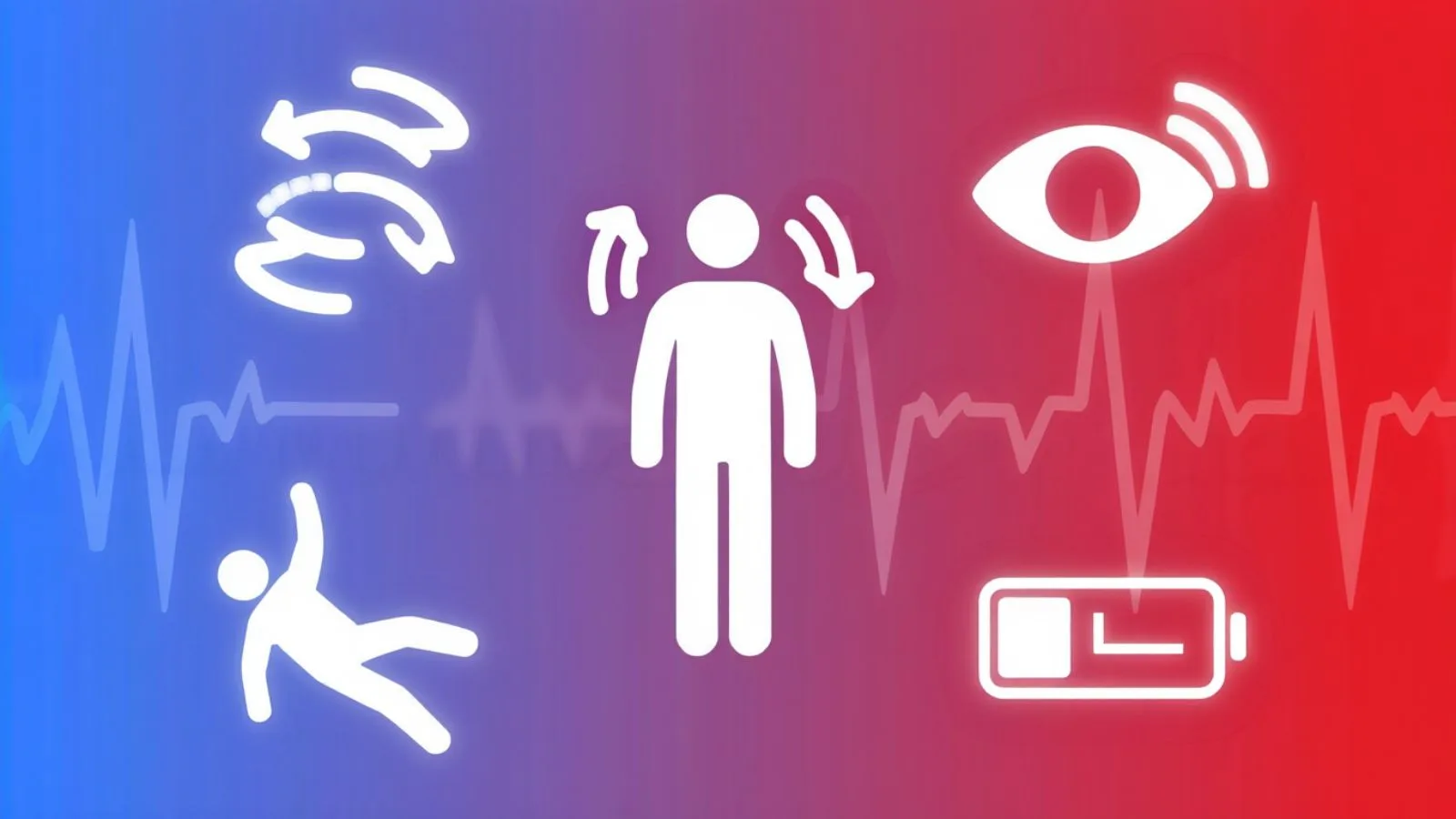
Recognizing low blood pressure symptoms early is crucial because it helps you act before the condition worsens. Some of the most common symptoms of low BP include dizziness, lightheadedness, blurred vision, fatigue, and even fainting. These symptoms usually occur when your brain and other vital organs aren’t receiving enough blood flow.
In mild cases, you might just feel tired or weak, but in severe cases, low blood pressure can cause confusion, rapid shallow breathing, or cold and clammy skin. Ignoring these warning signs can put you at risk of falls, injuries, or even long-term health complications. Additionally, people with other symptoms like high cholesterol should be extra cautious, as poor circulation from low BP can further strain heart health.
It’s also important to track patterns. For example, if you frequently feel dizzy after standing up too quickly, it might indicate a condition called postural hypotension. Keeping a close watch on your body’s signals ensures you can take timely steps to restore balance and protect your health.
Risks and When It Becomes Dangerous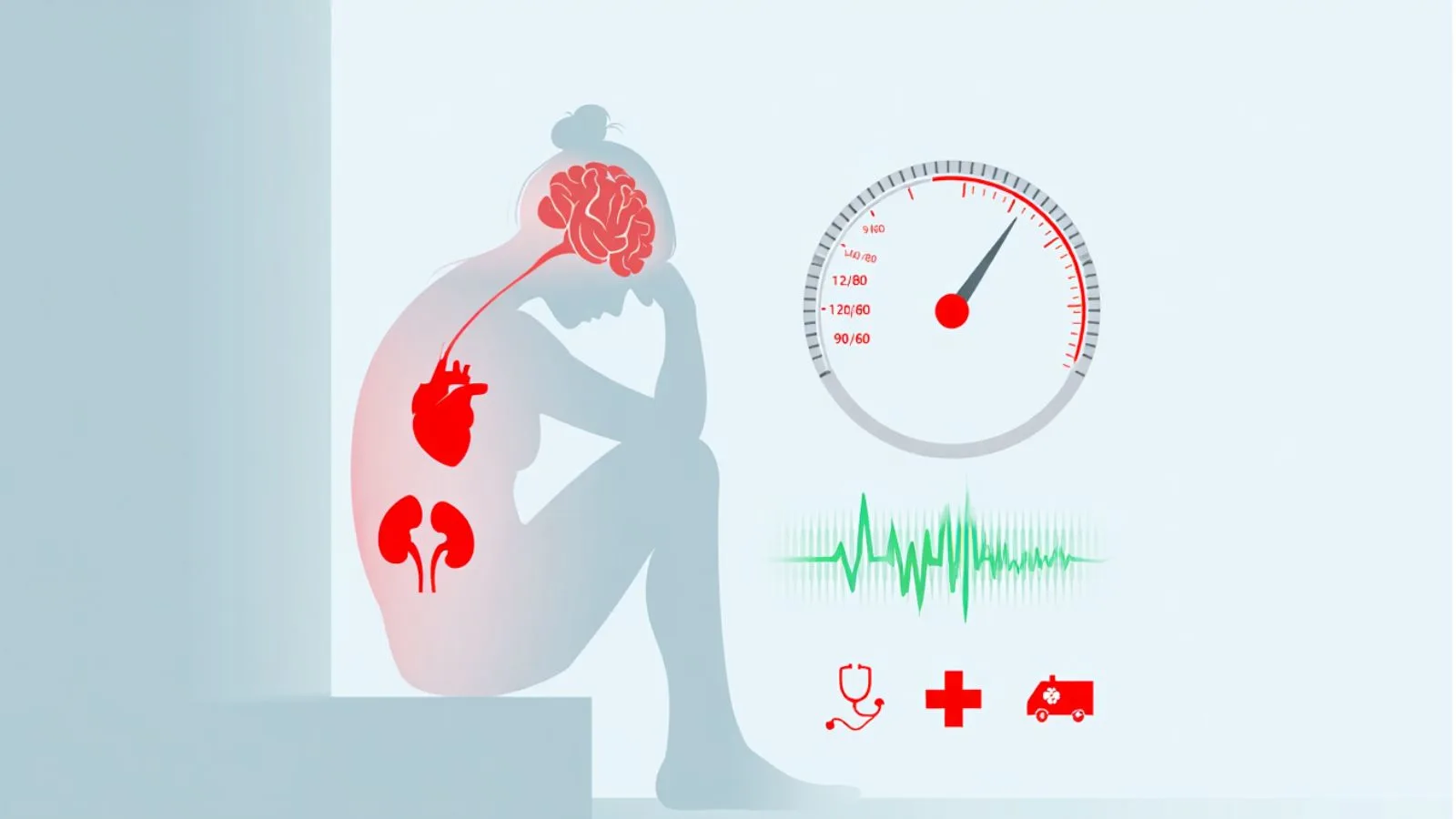
While many people live with low blood pressure without serious issues, there are times when it can be risky. For example, what is a dangerous low blood pressure for a woman depends on her overall health, age, and medical history. In general, readings that drop far below 90/60 mmHg and cause persistent symptoms are considered dangerous, especially if they lead to fainting or organ damage.
Severely low readings can reduce the supply of oxygen-rich blood to the brain, heart, and kidneys. Over time, this may cause damage to these vital organs. In extreme cases, untreated hypotension can result in shock, which is a medical emergency.
Ignoring the risks of low BP can be harmful, so regular monitoring and medical guidance are key. Understanding when your blood pressure falls into a dangerous range helps you act quickly and prevent long-term complications.
What to Do During a Sudden Drop?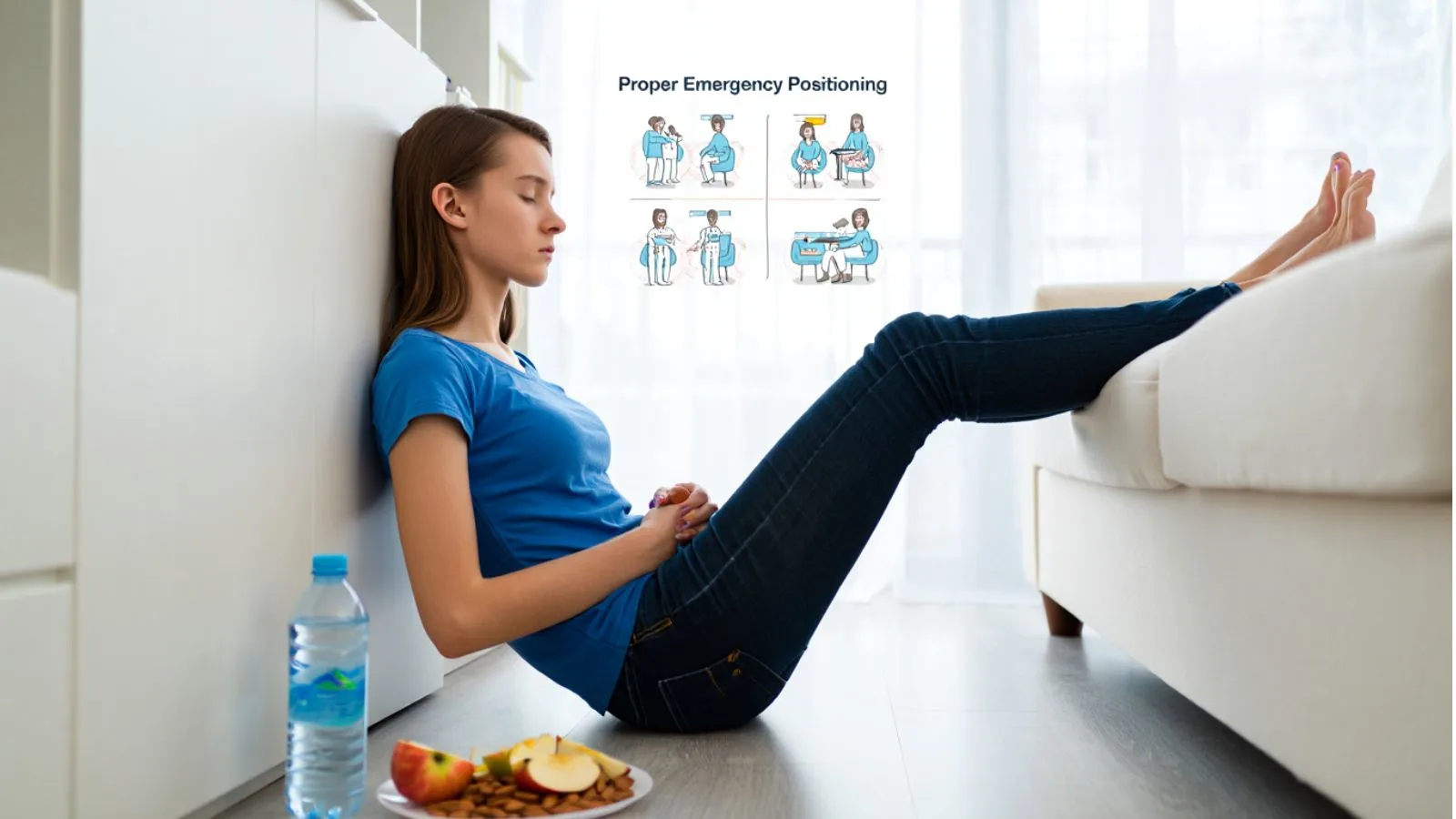
Experiencing a sudden drop in blood pressure can feel alarming, but knowing what to do in low blood pressure situations helps you stay safe. The first step is to sit or lie down immediately to avoid fainting and injuring yourself. Elevating your legs slightly can help improve blood flow back to your heart and brain.
If you’re wondering what to do if blood pressure is too low, start with quick remedies like drinking water to stay hydrated or having a small salty snack, as salt can temporarily raise blood pressure. Avoid standing up too quickly, and give your body time to adjust to position changes.
If the symptoms persist or become more severe, such as chest pain, rapid breathing, or confusion, it’s important to seek medical help immediately. Quick action ensures that your body regains balance and prevents any further complications from sudden hypotension.
Long-Term Treatment & Lifestyle Adjustments
Managing low blood pressure is not just about reacting to sudden drops; it’s also about making lasting changes that keep your health stable. For many people, low BP treatment starts with lifestyle modifications. Increasing water intake, eating small but frequent meals, and adding more salt (as advised by a doctor) can help maintain steady blood pressure levels.
It’s also important to address the root cause. For example, dehydration, nutrient deficiencies, or heart conditions could explain why is bp low in certain individuals. Treating the underlying issue often brings long-term relief. In some cases, doctors may prescribe medications to help regulate blood pressure, especially if lifestyle changes alone aren’t enough.
Regular exercise, getting enough sleep, and avoiding alcohol are also effective ways to support long-term stability. By combining medical advice with consistent lifestyle improvements, you can keep your blood pressure within a healthy range and minimize the risk of complications.
Role of Diet & Nutrition in Managing Low Blood Pressure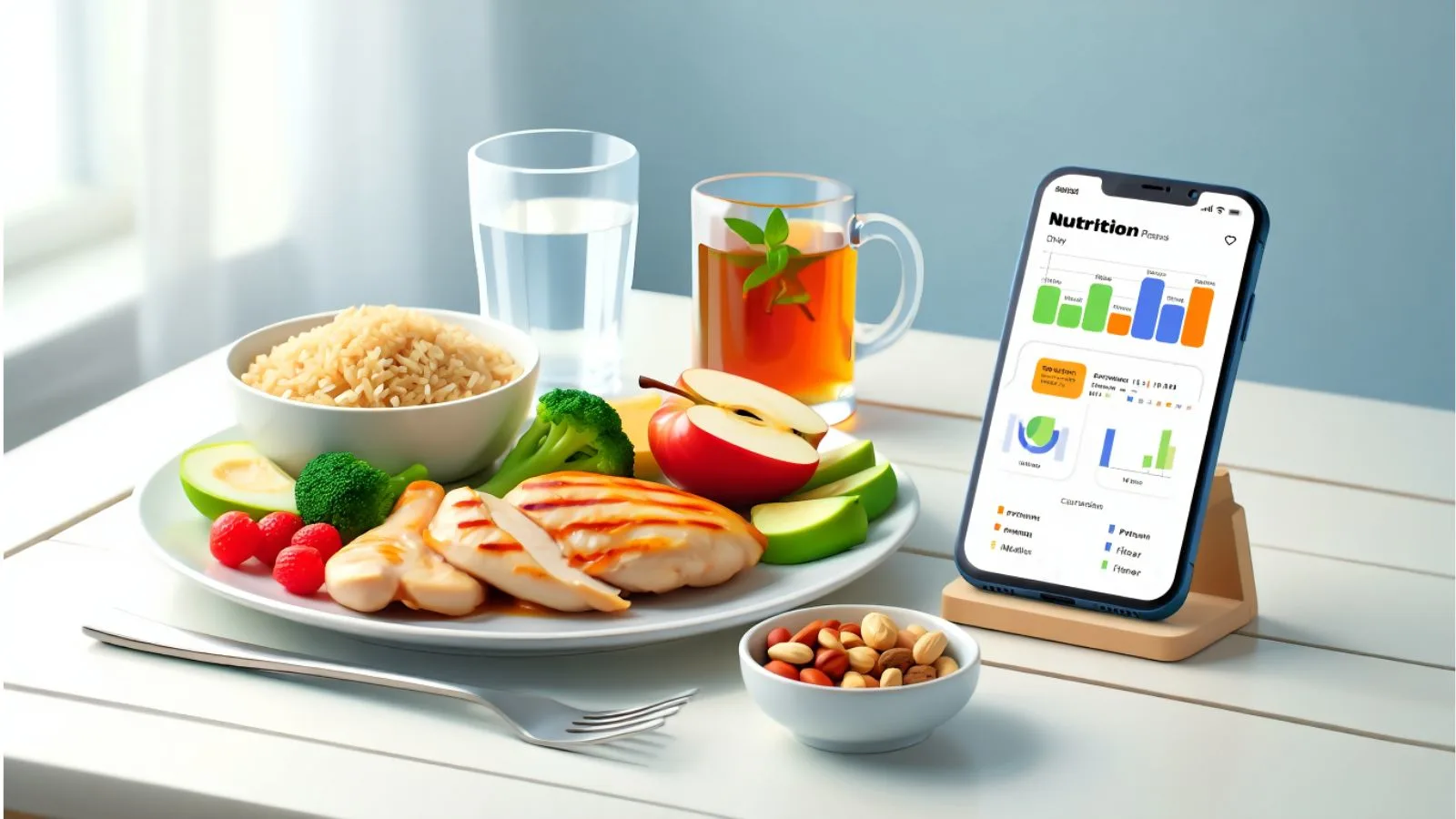
Nutrition plays a vital role in keeping your blood pressure within a healthy range. Eating a balanced diet rich in whole grains, lean proteins, fruits, and vegetables provides essential nutrients that support healthy blood flow. Foods with higher salt content, like pickles or salted nuts, can also help raise blood pressure temporarily, but always follow your doctor’s advice.
Staying hydrated is equally important. Water, herbal teas, and electrolyte-rich drinks prevent dehydration, which is a common cause of low blood pressure. Small, frequent meals are better than large ones, as they prevent blood pressure from dropping after eating.
To make managing your diet easier, tools like Calorie Tracker Buddy can help. This app allows you to monitor your calorie and nutrient intake, ensuring you get enough fluids, salt, and essential vitamins each day. By tracking your meals and hydration, you can proactively prevent sudden drops in blood pressure and support overall health.
Also Read,
Prevent Low Blood Pressure with Smart Nutrition Tracking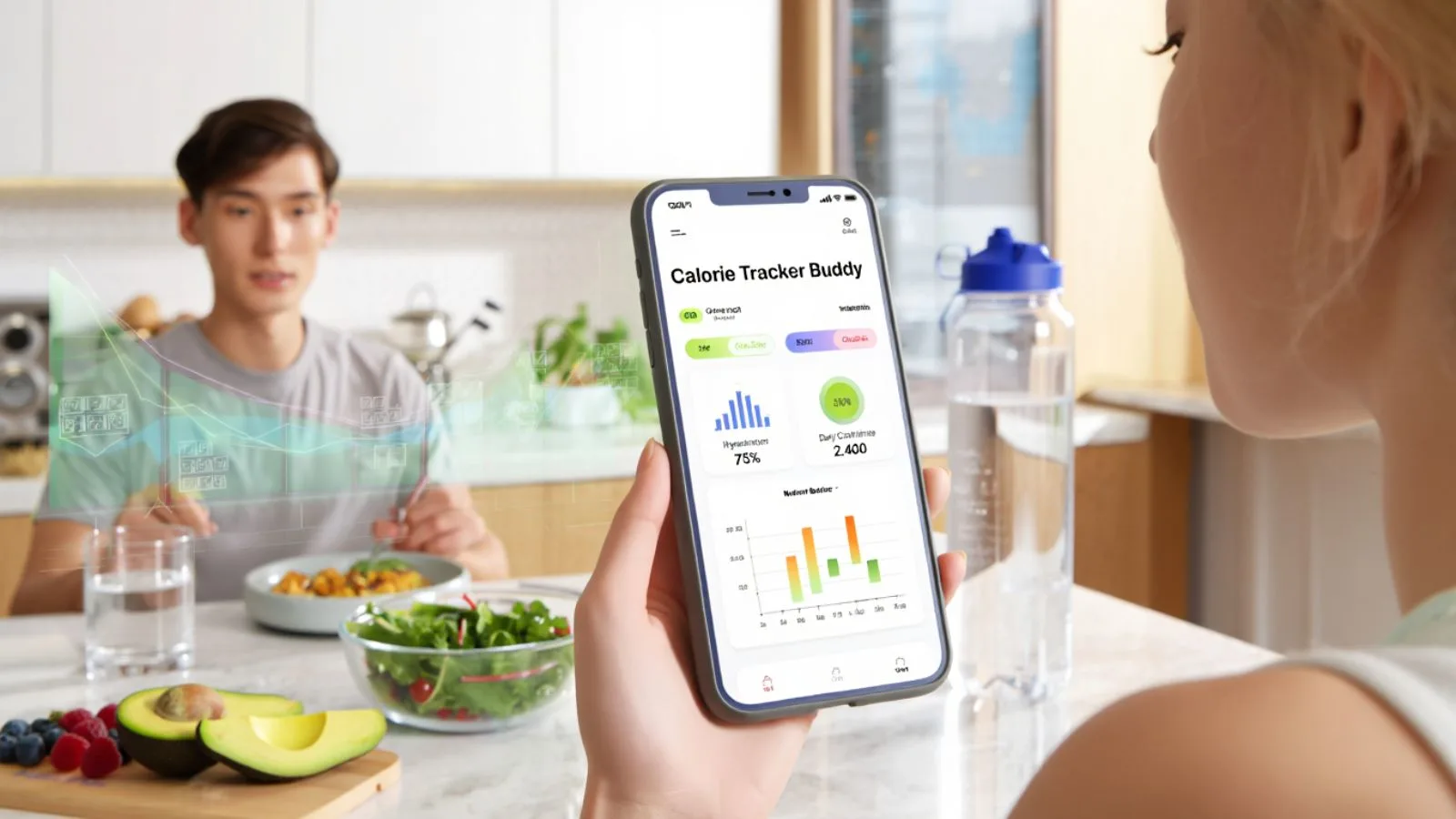
Preventing low blood pressure is easier when you stay mindful of your daily diet and hydration. Keeping track of what you eat and drink ensures your body gets the nutrients it needs to maintain healthy blood pressure levels.
Tools like Calorie Tracker Buddy make this process simple. With features that help monitor calorie intake, water consumption, and nutrient balance, you can stay on top of your meals and fluids without stress. Tracking your nutrition regularly helps prevent sudden drops in blood pressure, keeps your energy levels stable, and supports overall wellness.
By using such tools, maintaining healthy habits becomes much easier. You get reminders to stay hydrated, insights into your eating patterns, and the ability to make small adjustments that have a big impact on your health over time.
With consistent tracking and mindful eating, you can actively reduce the risk of low blood pressure and enjoy a healthier, more energetic lifestyle.![]()
Conclusion
Low blood pressure can affect daily life in subtle ways, from dizziness and fatigue to more serious complications if left unmanaged. By understanding the low blood pressure range, recognizing symptoms of low blood pressure, and knowing what to do if blood pressure is too low, you can take control of your health.
Long-term management includes lifestyle adjustments, balanced nutrition, hydration, and regular monitoring. Tools like Calorie Tracker Buddy can make this process easier by helping you track your meals, fluids, and essential nutrients, ensuring your body stays supported every day.
Taking proactive steps such as mindful eating, staying hydrated, exercising moderately, and monitoring your blood pressure can prevent sudden drops and keep you feeling energized. With the right habits and supportive tools, managing low blood pressure safely and effectively becomes a realistic and achievable goal.
FAQs
- What is considered low BP?
Low blood pressure, or hypotension, is typically defined as a reading below 90/60 mmHg. Some people naturally have lower readings without symptoms, but persistent hypotension with signs like dizziness or fainting should be evaluated by a doctor. - What should I do if my blood pressure suddenly drops?
If your blood pressure drops suddenly, sit or lie down immediately and elevate your legs slightly. Drink water, have a light snack, and avoid sudden movements. If severe symptoms occur—like chest pain, confusion, or rapid breathing—seek medical help immediately. - Can diet and hydration help manage low BP?
Yes. Eating small, frequent meals, staying hydrated, and maintaining a balanced intake of salt and nutrients can help stabilize blood pressure. Tools like Calorie Tracker Buddy can make it easier to track your meals and fluids, helping prevent sudden drops in blood pressure.